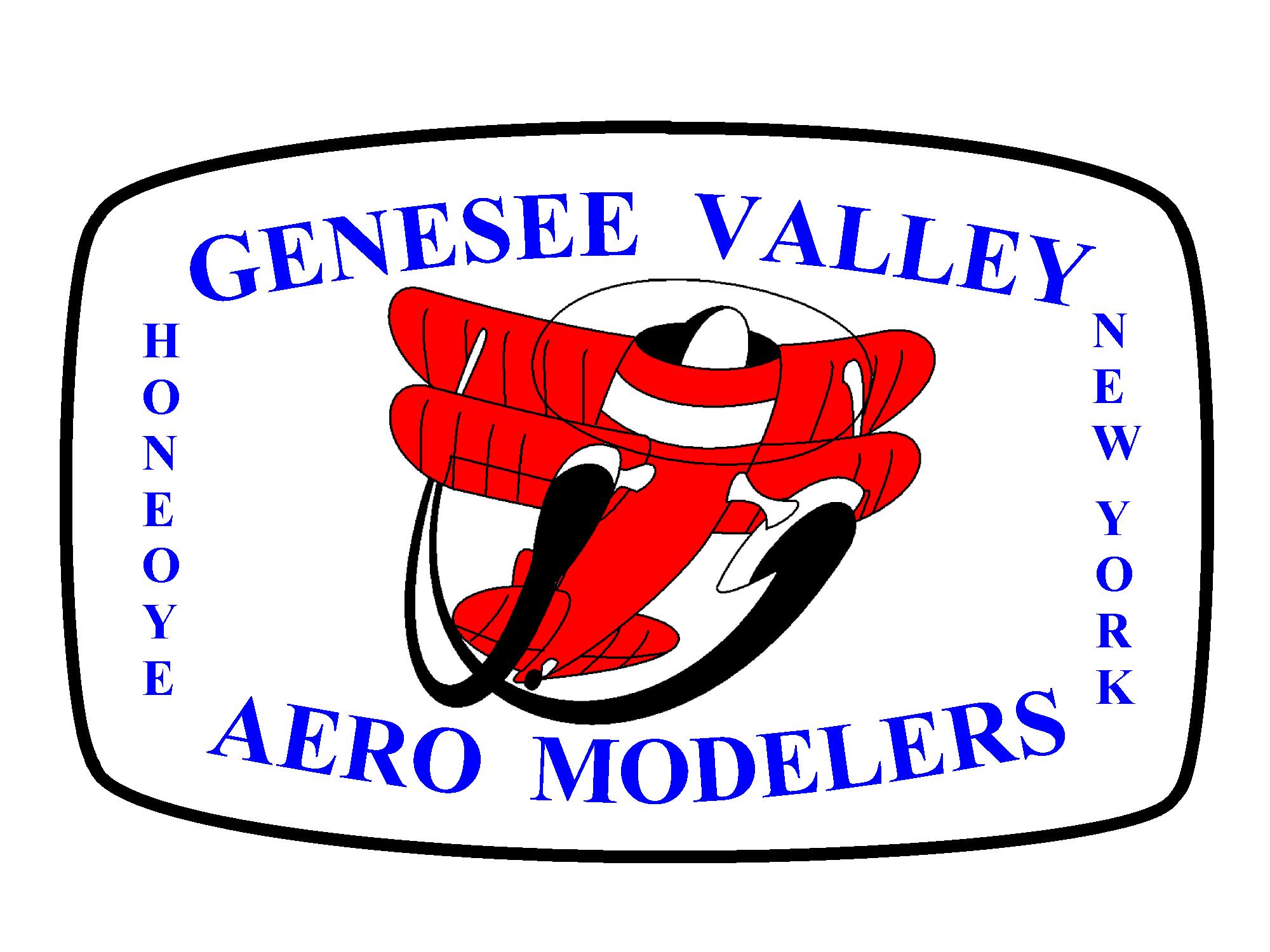38 Mile Cross Country Flighty by
Genesee Valley Aero Modelers
On Saturday, July 24th, 1993, two members of the G. V. A. M., Dick Parshall and Jim McBride, took on the challenge of a cross country flight. They took off from our field near Honeoye, N. Y. and flew nonstop to the field of the SkyRovers Flying Club in Phelps, N. Y. The flight lasted one hour and two minutes and covered a ground distance of approximately 38 miles.
The planning for this flight began in the winter of '92, working out such problems as the best aircraft/engine combination for the job, fuel system to provide the needed range, transportation for the pilots on the ground, the best route to travel, and communications.
In the weeks prior to the flight the route was driven several times and altered to avoid areas of heavy traffic and limited visibility. The route was also surveyed for possible emergency landing sites.
Both pilots chose large, stable, high lift type aircraft to fly. Dick had his SIG Kadet Senior powered by an O.S. .75 four stroke, and Jim flew a Mercury "old timer" powered by a Saito .45 four stroke. Both aircraft carried additional fuel including oversized tanks and in Dick's case a Perry pump to transfer the fuel to a header tank. Dick's total fuel load was about 44 ounces and Jim carried about 24 ounces.
At 8 a.m. the crew gathered at the field in Honeoye. This included: Eric Higham, driver, John Ward, communications and primary spotter, and Carol Fertig, backup spotter. Dick's friend Carl Trubio brought video equipment to record the flight. A bench seat, with seat belts, had been bolted in the back of Eric's pickup truck for the pilots. John brought a mobile ham radio to communicate with the Sky Rovers field, and short range head set radios for communications between the pilots in the back of the pickup and the driver's cab.
By 8:30 a.m. both planes had been fueled, test run, and test flown. Jim's Mercury struggled into the air with its full load of fuel, Dick's Senior followed, and after a quick search for his sunglasses everyone was loaded in the vehicles and was off to Phelps. Jim spent the entire trip at an altitude of about 1000', while Dick felt more comfortable down low at about 200'. The vehicles maintained a speed of about 40-45 miles per hour for most of the trip. With stops at intersections etc. The average ended up at 37 m.p.h.
Most of the trip went smoothly with a number of interesting looks and "thumbs up" from people that were passed along the way. As the planes approached the Sky Rovers' field a stretch of difficult visibility was encountered; Dick's plane was lost from sight momentarily, but he soon spotted it and performed a victory loop. By this time the planes were visible from the airstrip.
At the field Jim started bringing the Mercury down from his high perch and its engine quit (in retrospect he thinks the fuel flowed away from the tank pickup in the dive) and set the plane down in a very nice dead stick landing. Dick circled the field two or three times, and set the Senior gently down right on the center line.
The elapsed time was actually about 15 minutes less than anticipated, so both planes had an ample reserve of fuel. Dick still had about 16 ounces remaining and Jim had about 6 ounces, so they each had at least a 25% reserve.
This was quite an achievement and I think everone involved will remember it for years to come. Congratulations to Dick, Jim, Eric, and John on a job well done.
Written by Dave Beckwith, GVAM
Honeoye, New York USA Academy of Model Aeronautics Charter Club Contact us at info@gvam.org |
© 2020. Genesee Valley Aero Modelers. All Rights Reserved.
